Kegel Exercises
Table of Contents
Introduction
Kegel exercises are easy contract-and-release movements that strengthen the pelvic floor muscles, which support the bladder, uterus, and rectum. Originally developed to help women with urinary incontinence, Kegels are also beneficial for men and can improve bladder control and sexual health.
- The exercise takes one to three months to show results, even though it can be done several times a day for several minutes at a time.
- These muscles serve a variety of roles in the human body. They are responsible for maintaining women’s bladders full, avoiding uterine and vaginal prolapse, and minimizing stress urine incontinence (especially postpartum).
- Men’s ejaculation, fecal continence, and urine continence are controlled by these muscles.
- Many tools are available to help with these exercises, however, the effectiveness of these methods is debatable among researchers when compared to more traditional activities.
Urine spills and inadvertent gas or feces leaks can be avoided by strengthening the muscles in your pelvic floor that control the flow of urine.
Kegel exercises are beneficial for persons who have penile and vaginal sex. Kegel exercises are simple clench-and-release movements that improve pelvic floor strength.
- Your reproductive organs are located in the region between your hips, which is called your pelvis.
- A hammock-like sling is formed at the base of your pelvis by a network of muscles and tissues known as the pelvic floor.
- This sling holds your organs in place. One of the issues that might arise from a weak pelvic floor is the inability to control your intestines or bladder.
- Simple to perform, Kegel exercises can be done anywhere, at any time—for instance, while standing in line at the bank or in the comfort of your own home.
What is a Kegel Exercise?
By doing Kegel exercises, also referred to as pelvic floor exercises, you can strengthen your pelvic floor muscles. Your pelvic floor muscles support the bladder, colon, and vagina, among other organs in your pelvis.
Your pelvic floor muscles maintain the placement of your organs and aid in sex, urine, and other bodily functions. Kegel exercises work by first tightening and then releasing your pelvic floor muscles.
Kegel exercises can assist with problems like:
- incontinence, or the leaking of pee.
- An unplanned desire to urinate is referred to as incontinence.
- Defecation, or excrement leakage.
- Pelvic organ prolapse is the term used to describe the drooping or protrusion of the pelvic organs into the vagina.
- You may improve your sexual health and experience stronger orgasms by performing Kegel exercises. Kegel exercises may be beneficial for both men and women who were born with a male or female gender classification (AMAB or AFAB, respectively).
What do Kegel exercises do?
- You may keep your pelvic floor muscles “fit” by doing Kegel exercises. Kegel workouts are an excellent method to maintain the strength of your pelvic floor muscles, much like lifting weights helps build other muscles in your body.
- Kegel exercises can help you strengthen your pelvic muscles and enhance your ability to control bowel and bladder movements.
- Weak pelvic floor muscles might cause one to release gas or leak pee and feces unintentionally. The muscles responsible for maintaining your pelvic floor may weaken with age or as a consequence of childbirth, surgery, or pregnancy.
Who needs to do Kegels?
Your pelvic floor muscles might become weaker and less able to support your pelvic organs if anything puts tension on them. Certain medical conditions or life events might weaken your pelvic floor muscles. Among these situations and events are:
- Motherhood.
- giving birth, including C-sections.
- possessing an obesity-indicating body mass index (BMI) of greater than 25 or higher (BMI more than 30).
- surgery related to your lower abdomen.
- growing older. Your pelvic floor, anus, and rectum muscles will gradually deteriorate with age.
- prolonged coughing or severe gastric straining (constipation).
- exercises (especially running, leaping, and heavy lifting).
- But not everyone is a good fit for Kegel exercises. Overly tight or stiff muscles might result from overdoing Kegel exercises or from practicing Kegels when they are not required.
Pregnancy and Kegel exercises
Pregnant women who do Kegel exercises may have an easier time giving birth. This is because, during labor and delivery, it can provide you with more control over your pelvic muscles. It may also be advantageous for:
- Bladder control.
- enhancing the fetal weight-bearing muscles’ strength.
- Either urine leakage or incontinence.
- pushing during a vaginal delivery.
- The recovery of the perineum after delivery.
How can I find my pelvic floor muscles?
- To find your pelvic floor muscles, try halting the flow of pee while seated on the toilet. You risk contracting the infection if you quit before you get a feel for how it feels. You may also watch yourself trying to force yourself not to pass gas.
- There should be tension on your finger. You feel your muscles “lifting” when you practice Kegel exercises, which is an indication that your muscles are getting stronger.
- It may help to think about your pelvic floor as akin to a game you would have played as a child with a claw vending machine. A metal claw extends out and retracts in a claw machine game.
- It opens, picks up a ball, a toy, or a piece of candy, and closes.
- The claw closes around your reward, then returns to its original position and stays closed. The way the claw tightens and pulls upward is almost exactly like a Kegel.
How do I perform Kegel exercises?
Your pelvic floor muscles are elevated, held, and then relaxed when performing Kegel exercises. Start off by only doing a few Kegels at a time, and then gradually increase the length and number of Kegels done in each “session” (or set). You should perform two or three sets of these exercises every day at the very least.
To begin with:
- Locate the appropriate muscles. In the middle of urination, pause to feel your pelvic floor muscles.
- Once you’ve identified which pelvic floor muscles are involved, you may practice the exercises in any position, but at first, you might find that lying down is more comfortable.
- Work on your approach. Tense your pelvic muscles as if you were lifting a stone while seated to practice Kegel exercises.
- Try it for three counts, each lasting three seconds. After that, unwind for three counts.
- Remain concentrated in your attention. Concentrate just on using your pelvic floor muscles for optimal outcomes.
- Take caution not to flex your buttocks, abdominal, or thigh muscles. Breathe normally without holding it in. Instead, while you’re doing the exercises, breathe freely.
- Repeat three times daily.
- Try to complete three sets of at least 10 to 15 repetitions each day.
Glute Bridge
Steps To Follow:
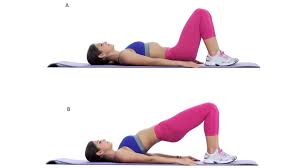
- To align your shoulders and knees in a straight line.
- Gradually raise your hips toward the ceiling.
- Hold that pose with your buttocks clenched for a few seconds.
- Gradually lower your hips
- Repeat the movement.
Squats
Steps To Follow:

- As you stand, spread your feet shoulder-width apart.
- Lower your body as if you were getting back into a chair, keeping your back straight.
- Once you’ve gone as low as feels comfortable, move up to the starting point again.
- Keep your pelvic floor muscles contracted during your workout.
Pelvis Tilt
Steps To Follow:
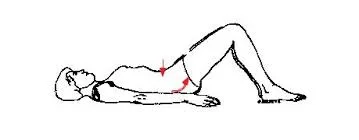
- Lie on your back with your knees bent.
- Keep your arms relaxed by your sides.
- To flatten your lower back on the floor, bend your pelvis backward and gradually tighten your abdominal muscles.
- Hold that pose with your buttocks.
- Relax
- Repeat the movement.
Inner Thigh Compression
Steps To Follow:

- Lie on your back with your knees bent.
- Place a softball or a folded cloth between your knees.
- Squeeze your knees together with the muscles in your inner thighs.
- Release after a short while of holding.
Flutter Steps
Steps To Follow:
- Lying on your back, legs straight.
- Elevate one leg slightly off the ground and thrash it about before raising the other one..
- To maintain your lower back pressed against the floor, use your core muscles.
A few words of caution
- After learning how to perform Kegel exercises, refrain from doing so if you urinate more than twice a month. You run the risk of weakening your pelvic floor muscles over time and endangering your kidneys and bladder if you execute the exercises while urinating.
- The vaginal muscles may become unduly tightened in women who practice Kegel exercises improperly or with too much force. When you have sex with this, it could hurt.
- If you perform Kegel exercises while emptying your bladder, it may not be empty, which increases the chance of a UTI.
When to perform Kegel exercises
Incorporate Kegel exercises into your daily routine.
Kegel exercises are discreet and convenient to perform in practically any setting, including computer chairs and couches.
When Difficulties Arise
- When completing Kegel exercises, don’t be embarrassed to ask for help if you need it.
- Your doctor or another healthcare practitioner can provide invaluable advice to help you identify and target the appropriate muscles.
- In certain circumstances, vaginal weighted cones or biofeedback may be beneficial. Using a vaginal cone requires you to put it inside your vagina and keep it there while you go about your everyday business with your pelvic muscles clenched.
- During a biofeedback session, your doctor or another medical practitioner inserts a pressure sensor into your vagina or rectum.
- As you contract and release your pelvic floor muscles, a monitor will record and display your pelvic floor activity.
When To Anticipate Outcomes
Regular Kegel exercises may not show effects right away, such as a decrease in the frequency of urinating episodes, for several weeks or months. Make Kegel exercises a daily routine to get the long-term advantages.
Try the simplest Kegel exercise
- Once you’ve determined which muscles are in your PC, you may try flexing them. Take five to twenty seconds to flex your PC muscles. Then release them.
- You may perform this simple exercise three to four times a day, ten to twenty times consecutively. The length of each contraction and the quantity of contractions you perform should be increased gradually.
- Over time, this simple exercise can help develop stronger PC muscles. This could improve your sex and help you manage your bladder.
Can you have better sex with Kegel exercises?
- Kegel exercises may provide advantages for both men and women in terms of sexual health. The International Urogynecology Journal reports that several studies have linked pelvic floor muscle training to women’s enhanced sexual performance.
- According to studies published in Sexual Medicine Reviews, they may also help cure male sexual dysfunction.
- More precisely, in males with chronic prostatitis or chronic pelvic pain syndrome, they may aid in improving erectile function, ejaculation control, and orgasm intensity.
Over time, what happens to your PC’s muscles?
- When you’re young, your PC muscles are typically strong and tense. As you age, they could become stretched and weaker. Furthermore, difficulties from childbirth or pregnancy, prostate cancer surgery, bladder or bowel problems, or other factors may lead them to become too feeble.
- This can make it hard for you to regulate your bladder and have sex. But just as regular exercise helps create arm or leg muscles, so too may Kegel exercises assist in developing your PC muscles.
Do Men and Women Benefit from Kegel Exercises?
Men’s Kegel exercises?
There is no doubt that women are familiar with Kegel exercises, but what about men?
- According to certain research, bladder control may be restored after prostate surgery with the aid of these pelvic floor strengthening exercises.
- They may also help cure erectile dysfunction and prevent certain men from ejaculating too soon. They could even intensify your orgasms.
- Learn more about incorporating these easy exercises into your daily schedule.
Women’s Kegel exercises: what are they?
Kegel exercises are also known as pelvic floor muscle training (PFMT) exercises. They target the pelvic floor muscles, often known as the pubococcygeal (PC) muscles.
Both sexes possess PC muscles. They support the pelvic organs such as the bladder, bowel, and urethra.
They help maintain the structural integrity of your organs, which promotes good urinary management and sexual performance.
How can they help men?
Less studies have been done on men’s Kegel exercises. However, the first findings appear promising.
According to a review of studies published in Urology, men who have stress incontinence after prostate surgery may benefit from Kegel exercises, for example.
It may also help cure an overactive bladder and enhance sexual performance in certain guys.
How many women benefit from Kegel exercises?
Dr. Arnold Kegel created the initial Kegel exercises in the late 1940s to help women recover control of their bladders after giving birth.
Since then, several studies have demonstrated the advantages of Kegel exercises in the management of various female illnesses.
For example, studies suggest they could help improve women’s urinary continence.
Separate research that was published in the World Journal of Urology suggests that they could help treat women’s stress urine incontinence, pelvic organ prolapse, and sexual dysfunction.
Change up your exercise routine.
- This basic exercise comes in a variety of forms that you can attempt. For example, repeatedly tense and relax your PC muscles quickly.
- Alternatively, practice drawing them in slowly. Kegel exercises can also be performed while standing, sitting, or lying down to assist you in changing your posture.
- Avoid from tensing other muscles such as your butt, thighs, or abdominals when practicing Kegel exercises.
- Don’t hold your breath either. Instead, continue to breathe normally and hold the rest of your body in a relaxed, tranquil position.
Conclusion
Kegel exercises can help you strengthen your pelvic muscles and enhance your ability to control bowel and bladder movements. Weak pelvic floor muscles might cause one to unintentionally release gas or leak pee and feces.
Your pelvic floor muscles can deteriorate with age, following childbirth, during pregnancy, or following surgery.
FAQs
Age, surgery, and delivery are just a few circumstances that can impair the pelvic floor muscles. If these muscles are weak, you may begin to leak tiny quantities of gas, urine, or excrement. Kegel exercises help strengthen these muscles, which helps to halt these leaks.
Kegel exercises are believed to be particularly beneficial for women. However, it has been shown that this activity induces premature ejaculation in males. This is because ejaculation is indicated by the sympathetic nervous system being triggered by the prostate contraction.
You could benefit from Kegel exercises if you: Sneeze, laugh, or cough, and a few urine droplets leak (stress incontinence)
Just before considerable pee loss, there is an acute and abrupt need to urinate (urinary urge incontinence).
Littering or incontinence of the feces
The first line of treatment for erectile dysfunction should be pelvic floor exercises, or Kegel exercises, since they have been demonstrated to be the most effective.
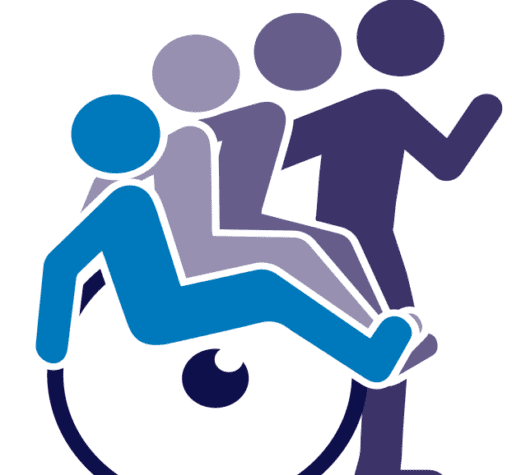


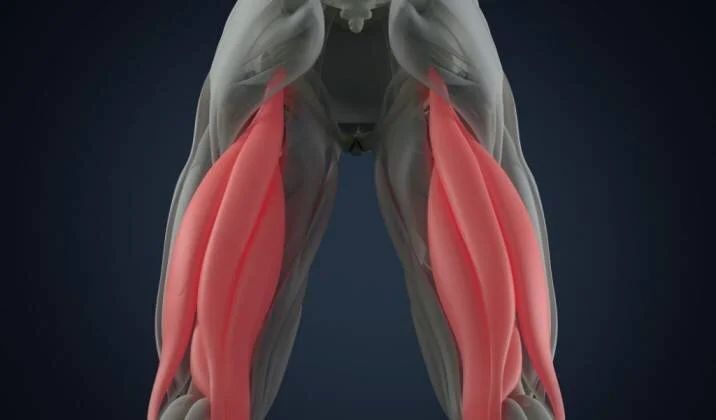
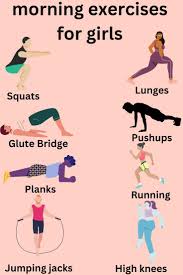

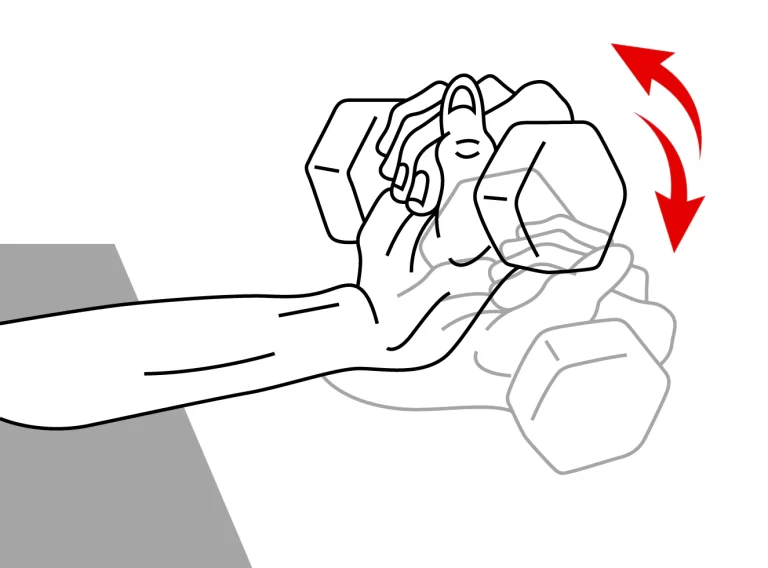
One Comment